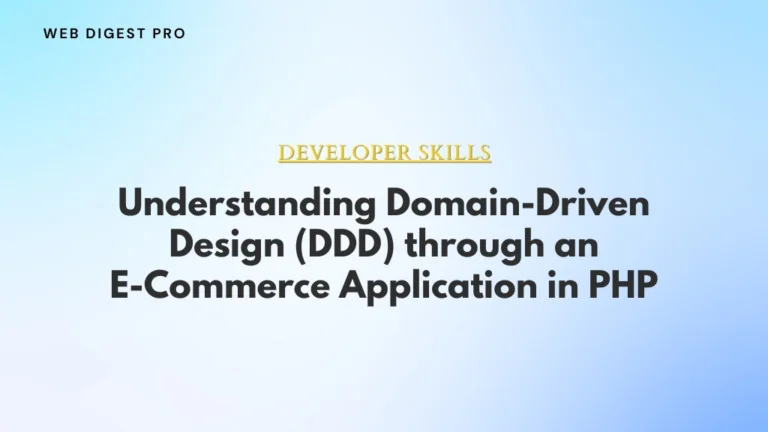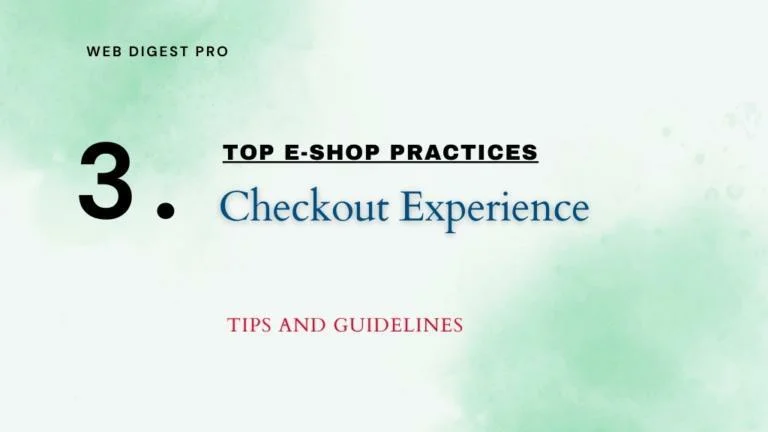Creating an ideal online community is about more than just bringing people together; it’s about fostering connections, encouraging meaningful interactions, and building a space where members feel a strong sense of belonging. Whether you’re launching a community around a brand, a shared interest, or a cause, this blueprint will help you incorporate essential features to create an engaging, safe, and thriving online environment.
1. Personalization and User Profiles
One of the most critical aspects of any online community is the ability to create personalized user profiles. Members should have the freedom to customize their profiles by adding photos, bios, and personal information that reflects their identity. This personalization fosters a deeper connection to the community as users feel more represented and engaged.
Key Elements:
- Customizable Profiles: Allow members to choose profile pictures, cover photos, and display personal information.
- Privacy Settings: Offer robust privacy controls so users can decide who can view their information and posts.
2. Dynamic News Feed and Timeline
A dynamic news feed is the heartbeat of any online community. It’s where members interact, share updates, and stay informed about the latest happenings. The timeline or news feed should be personalized to show relevant content from friends, groups, and pages that the user follows.
Key Elements:
- Personalized Feed: Use algorithms to deliver content that matches the interests and activity of each user.
- Interactive Posts: Allow users to post text, images, videos, and more, while enabling others to react, comment, and share.
3. Robust Communication Tools
Effective communication tools are essential for fostering interaction within your community. Offering real-time messaging, group chats, and the ability to make voice and video calls can significantly enhance the user experience.
Key Elements:
- Real-Time Messaging: Provide a chat system where members can converse in real-time.
- Voice and Video Calls: Enable voice and video calls for more personal communication.
- Group Chats: Allow users to create and participate in group discussions around specific topics.
4. Engaging Groups and Pages
Groups and pages are vital for segmenting your community into smaller, interest-based sub-communities. These spaces allow members to dive deeper into specific topics, whether it’s for a hobby, a professional interest, or brand interaction.
Key Elements:
- Interest-Based Groups: Allow members to join or create groups around specific topics.
- Branded Pages: Offer businesses and brands the opportunity to create pages where they can interact with the community.
5. Multimedia Sharing and Entertainment
To keep your community vibrant and engaging, it’s crucial to support multimedia content. Allow users to share photos, videos, music, and even create and share playlists. Incorporating entertainment features, such as games, can also boost engagement.
Key Elements:
- Photo and Video Uploads: Enable users to upload and share their visual content.
- Music and Video Sharing: Offer tools for sharing and streaming music and videos.
- In-Platform Games: Integrate games that users can play and enjoy within the community.
6. Events and Real-Time Updates
Creating a calendar of events can help bring your community together for virtual or physical meetups. Whether it’s a webinar, a live Q&A, or a local gathering, events are an excellent way to maintain active engagement.
Key Elements:
- Event Creation: Allow users and admins to create, promote, and manage events.
- RSVP and Notifications: Enable members to RSVP to events and receive reminders and updates.
7. Monetization and E-Commerce Integration
Monetization features are crucial, especially for communities looking to sustain themselves financially. Integrate an ads manager, virtual gift system, and a marketplace where users can buy and sell goods or services.
Key Elements:
- Advertising Options: Provide a platform for members and businesses to run targeted ads.
- Virtual Gifts: Offer virtual gifts that users can purchase and send to one another.
- Marketplace: Include a marketplace feature for buying and selling products within the community.
8. Enhanced Security and Privacy Features
Security and privacy are paramount in any online community. Ensure that your platform is equipped with tools to protect user data and prevent spam or malicious activities.
Key Elements:
- Two-Factor Authentication: Implement two-factor authentication for enhanced account security.
- Spam Protection: Use spam filters and moderation tools to maintain a safe environment.
9. Comprehensive SEO and Marketing Tools
To grow your community, it’s essential to be visible on search engines. Implement SEO-friendly features, and offer tools for email marketing and social media integration to help members and admins promote their content.
Key Elements:
- SEO Optimization: Ensure that your platform is optimized for search engines with SEO-friendly URLs and metadata.
- Email Marketing: Provide email marketing tools to help users send newsletters and updates to their audience.
10. Multilingual Support and Global Reach
To appeal to a global audience, your community should support multiple languages and cultural nuances. This includes offering right-to-left (RTL) support for languages like Arabic and Hebrew.
Key Elements:
- Language Packs: Offer multiple language options to cater to a diverse user base.
- RTL Support: Include RTL language support to make the community accessible to users worldwide.
11. Strong Admin and Moderation Tools
An ideal online community requires a strong backbone of admin and moderation tools. These tools help manage user behavior, ensure adherence to community guidelines, and provide analytics for continuous improvement.
Key Elements:
- User Management: Admins should have the ability to manage user accounts, groups, pages, and content effectively.
- Analytics and Reporting: Provide detailed analytics to track community engagement, growth, and performance.
12. Seamless Mobile Experience
With more users accessing online communities via mobile devices, having a responsive and user-friendly mobile app is essential. Ensure that your community is accessible and fully functional on both Android and iOS platforms.
Key Elements:
- Native Mobile Apps: Offer dedicated mobile apps for iOS and Android.
- Responsive Design: Ensure that the web version of your community is mobile-friendly and responsive.
Overview
Building an ideal online community involves more than just assembling a set of features; it’s about creating a space where people feel connected, engaged, and valued. By incorporating personalized profiles, dynamic communication tools, engaging multimedia content, and strong security measures, you can create a thriving community that meets the needs of its members and stands the test of time.
Invest in the right tools, listen to your community, and continually adapt to their needs, and you’ll be well on your way to building a successful online community.
Written by Dimitrios S. Sfyris, founder and developer of AspectSoft, a software company specializing in innovative solutions. Follow me on LinkedIn for more insightful articles and updates on cutting-edge technologies.
Subscribe to our newsletter!













+ There are no comments
Add yours